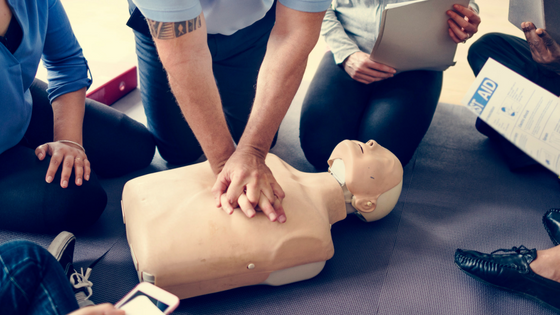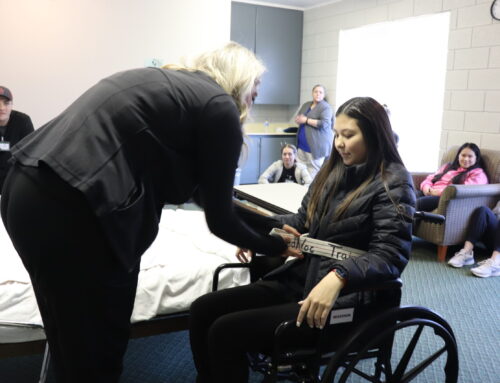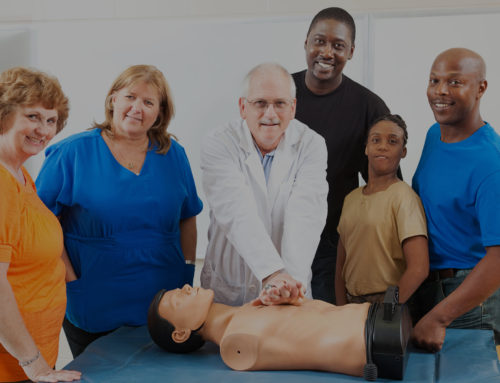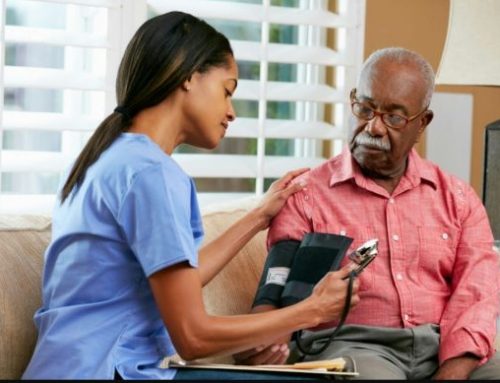Cardiopulmonary Resuscitation (CPR) is an important, life-saving technique to be used during a cardiac or breathing emergency. Even hands-only CPR can double or triple the chances of survival. According to the American Heart Association, 70% of out-of-hospital cardiac arrests occur in homes. This means that knowing how to properly apply CPR can greatly help save a loved one’s life.
Pre-CPR Steps
- Assess the Scene. You need to make sure the scene is safe of hazards such as electrical wires and gas fumes. Similar to how airlines encourage you to put your air mask on yourself before assisting a child or unable adult, you can’t help others if you also become a victim.
- Check for a response. Tap or shake them by the shoulders and ask if they are ok to make sure that they need help.
- Call for Help. If there is a bystander nearby, ask them to call 911 so that emergency services can assist you. If there is no bystander nearby, quickly call 911 yourself before beginning CPR.
Hands-Only CPR Steps
If you are untrained or trained but not confident in your abilities, the American Heart Association advises you provide hands-only CPR.
- Lay the patient on their back and kneel near their upper torso.
- Place the heel of one hand on the center of the patient’s chest. Then place the heel of your other hand over the first and lace your fingers together. (Use only one hand if performing on a younger child and two fingers if it is an infant)
- Align your shoulders over your hands and keep your elbows straight.
- Begin delivering compressions. You want to be delivering over 100-120 compressions per minute as hard as you can. Also make sure that the patient’s chest is fully rising between compressions. Continue doing this until the person regains consciousness, emergency services arrive, or you are unable to do so.
Full CPR
If you are well-trained and ready to go, then attempt to perform full CPR on the patient.
- Lay the patient on their back and kneel near their upper torso.
- Place the heel of one hand on the center of the patient’s chest. Then place the heel of your other hand over the first and lace your fingers together. (Use only one hand if performing on a younger child and two fingers if it is an infant.)
- Align your shoulders over your hands and keep your elbows straight.
- Begin delivering compressions. You want to be delivering compressions at a rate of 100-120 per minute as hard as you can. Also make sure that the patient’s chest is fully rising between compressions.
- After 30 compressions, open the patient’s airway by tilting the head back and the chin up. Pinch their nose and put your mouth over the patient’s mouth to create a complete seal and deliver two rescue breaths.
- Continually cyclically delivering 30 compressions followed by two rescue breaths until the person regains consciousness, emergency services arrive, or you are unable to do so.
In order to be better able to deliver CPR, it is important to become CPR certified if you are able. The American Red Cross is one organization that can train and prepare you to help others. It is also important to regularly practice your skills so that you are ready to help those that need you.






